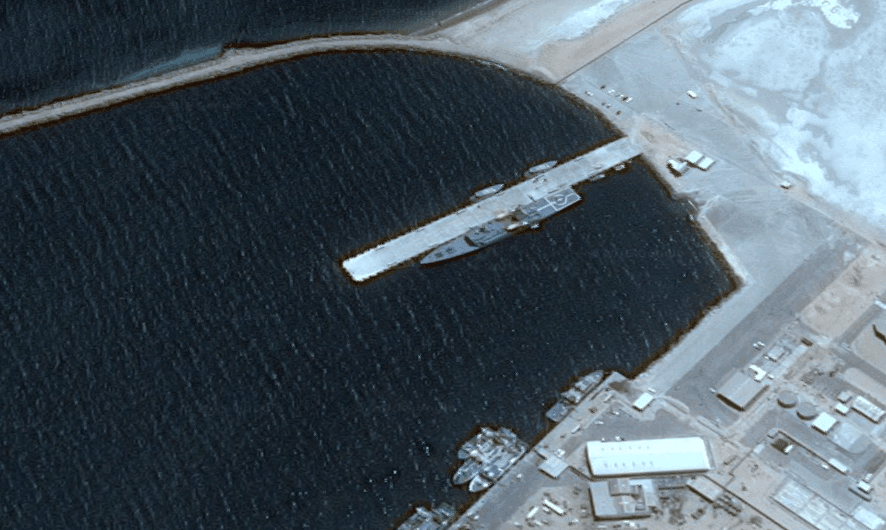The Chinese regime has been shaking things up with its neighbors by building new islands in the South China Sea, then building military bases on them. It now appears that the Chinese regime has much broader ambitions in this push, and is turning its sights to the South Atlantic.
The Namibian, a local publication in Namibia, reports obtaining a confidential letter on China’s alleged plan to build a naval base in Namibia’s Walvis Bay. In a Jan. 20 article, it writes the letter was sent from Namibia’s ambassador to China, Ringo Abed, to Namibia’s foreign ministry.
The letter states, according to The Namibian, “[Chinese] delegation will visit Namibia ... for discussions ... on the way forward regarding plans for the proposed naval base in Walvis Bay.”





